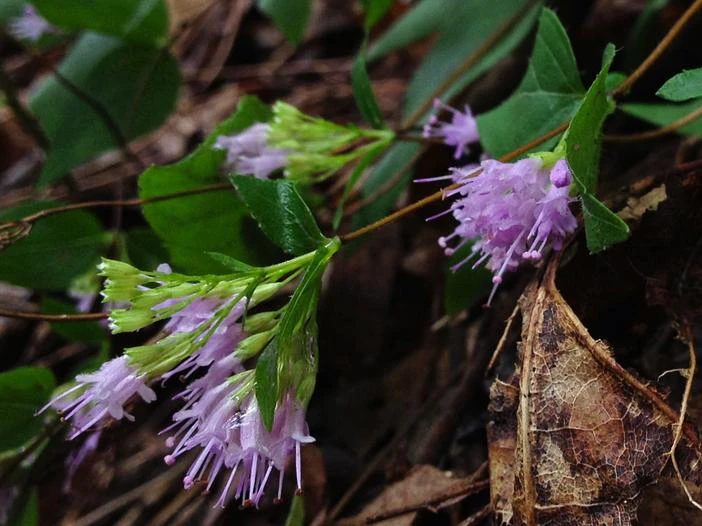American Dittany
(Cunila origanoides)
American Dittany (Cunila origanoides)
/
/

Fritz Flohr Reynolds
CC BY-SA 2.0
Image By:
Fritz Flohr Reynolds
Recorded By:
Copyright:
CC BY-SA 2.0
Copyright Notice:
Photo by: Fritz Flohr Reynolds | License Type: CC BY-SA 2.0 | License URL: https://creativecommons.org/licenses/by-sa/2.0/ | Uploader: FritzFlohrReynolds | Publisher: Flickr































































Estimated Native Range
Climate Requirements for Atwater, California
| This Plant | Your Site | Plant Suitability for Your Location | ||
|---|---|---|---|---|
| • Precipitation | 12" - 67" | 13" | Your precipitation may be insufficient for this plant. Irrigate N" / year. | Irrigate N" / year |
| • High Temp. | 70°F - 93°F | 95°F | Your summers may be too hot for this plant. | Too hot |
| • Low Temp. | 12°F - 52°F | 35°F | Your winter temperatures are normal for this plant | Excellent |
This plant should grow well at your location with about N inches per year (Y minutes per month) of irrigation.
Summary
Cunila origanoides, commonly known as American Dittany, is a deciduous perennial subshrub or herb native to rocky outcrops and dry open woodlands in the Eastern and Central United States. It typically grows to a height and width of 0.8-2 feet (0.2-0.6 meters), forming a mound of fragrant, mint-scented foliage. The plant features small, tubular purple flowers that bloom in the summer and fall, attracting pollinators such as bees and butterflies. The flowers are modest in size but can add a delicate touch to the garden when planted en masse.
American Dittany is valued for its aromatic leaves and flowers, which have been used historically for medicinal purposes, including as a tea for treating colds. It is also appreciated for its ornamental qualities and is used in rock gardens, native plant gardens, and as a border plant. This species thrives in well-drained soils and is drought-tolerant once established, making it suitable for xeriscaping. It prefers full sun to part shade and requires minimal maintenance, making it an easy plant for gardeners to grow. While it is not commonly afflicted by diseases, it can be sensitive to overly wet conditions, which may lead to root rot.CC BY-SA 4.0
American Dittany is valued for its aromatic leaves and flowers, which have been used historically for medicinal purposes, including as a tea for treating colds. It is also appreciated for its ornamental qualities and is used in rock gardens, native plant gardens, and as a border plant. This species thrives in well-drained soils and is drought-tolerant once established, making it suitable for xeriscaping. It prefers full sun to part shade and requires minimal maintenance, making it an easy plant for gardeners to grow. While it is not commonly afflicted by diseases, it can be sensitive to overly wet conditions, which may lead to root rot.CC BY-SA 4.0
Plant Description
- Plant Type: Subshrub, Herb
- Height: 0.6-1.3 feet
- Width: 1-1.5 feet
- Growth Rate: Moderate
- Flower Color: Purple
- Flowering Season: Summer, Fall
- Leaf Retention: Deciduous
Growth Requirements
- Sun: Full Sun, Part Shade
- Water: Low, Medium
- Drainage: Medium
Common Uses
Bank Stabilization, Bee Garden, Butterfly Garden, Drought Tolerant, Edible*Disclaimer: Easyscape's listed plant edibility is for informational use. Always verify the safety and proper identification of any plant before consumption., Fragrant, Groundcover, Low Maintenance, Rock Garden
Natural Habitat
Rocky outcrops and dry open woodlands
Other Names
Common Names: Common Dittany, Frost Mint, Stone Mint
Scientific Names: Cunila origanoides, Cunila mariana, Satureja origanoides, Mappia origanoides, Cunila marina, Hedyosmos origanoides, Ziziphora mariana
GBIF Accepted Name: Cunila origanoides (L.) Britton